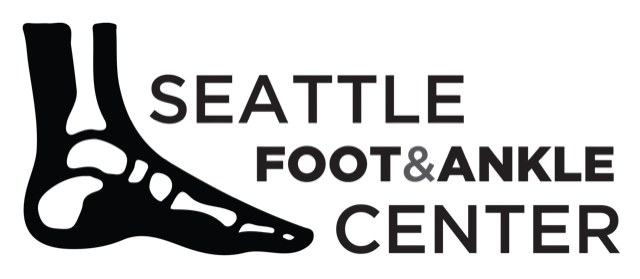Over 100 different procedures have been described in the scientific literature for correcting bunions.
Minimally invasive surgery (MIS) has become a flourishing topic of interest in foot and ankle surgery recently. Currently, the most common procedures involve correction via a distal metatarsal osteotomy, a cut at the end of the bone just behind the big toe.
Performing this from the outside is done through small cuts. The bone cuts can be made with a saw or with a specialized power rotary burr designed to perform at 6,000 rpm to prevent heat or soft tissue damage. One can dial in bone cuts and movement of the bone to achieve appropriate correction and fixation of the deformity. Fixation can range from the use of pin fixation to the use of specifically designed headless hollow screws that span the bone and cut.
Reasons for popularity include: less pain, less postoperative swelling, better cosmetic appearance and faster recovery.
Possible complications of first ray MIS techniques include:
• mechanical and thermal injuries producing nerve injury;
• soft tissue and bone non-viability associated with high-speed burr use;
• infections due to prolonged exposed K-wire placement;
• bone displacement due to instability of the cut and poor fixation resulting in non-healing;
• bone shortening and overaggressive bone resection;
• non-viability of the bone due to disruption of the blood supply;
• deformity recurrence due to lack of complete correction;
• extra bone formation; and
• joint stiffness and cysts due to driving skin cells deeply with the instrumentation.
Dr. John Hoy at the Seattle Foot and Ankle Center in Seattle, Washington, has been performing bunion surgeries since 2000. He will discuss with you various procedures and make a decision together.
Click below to learn more:
